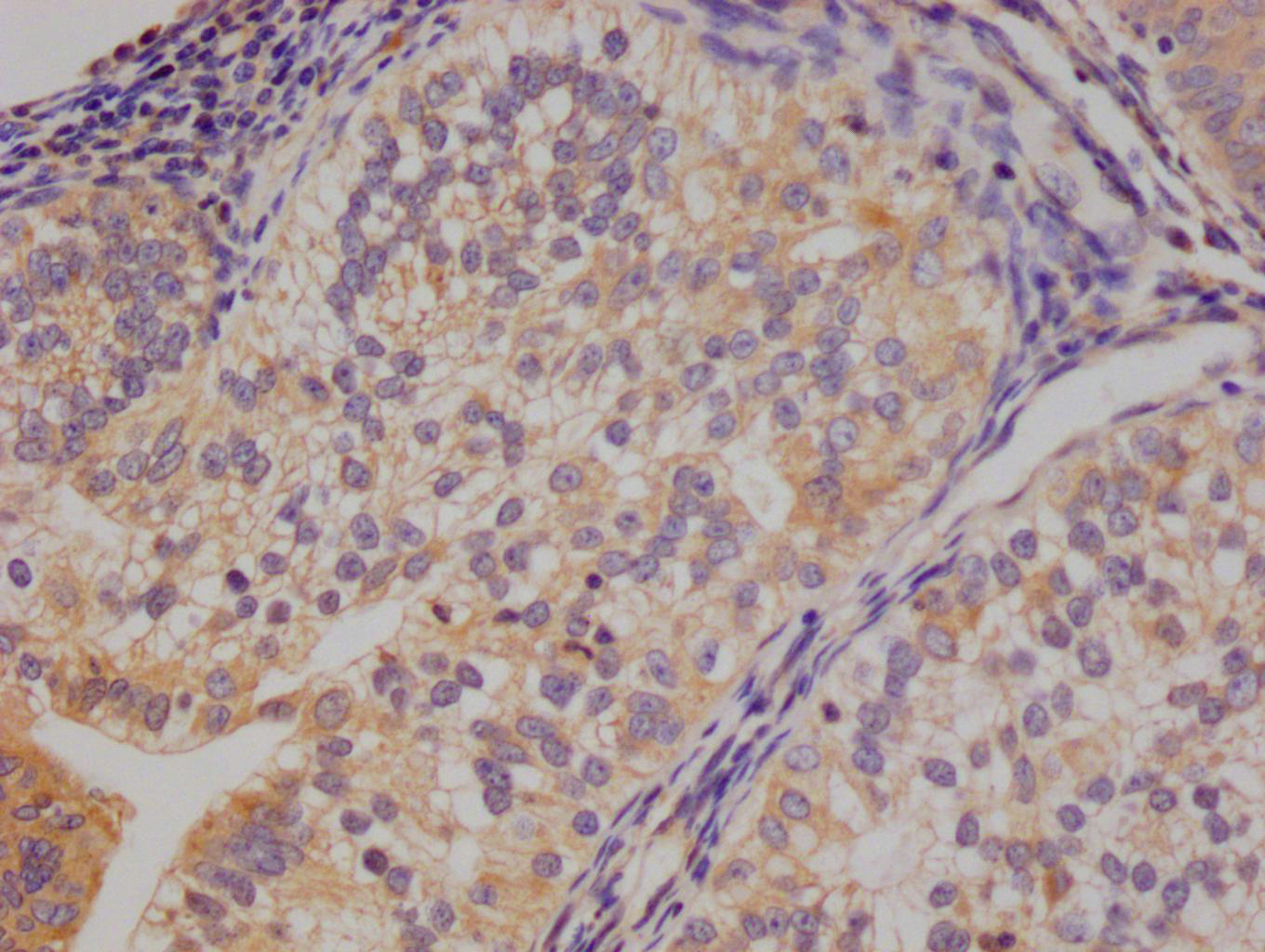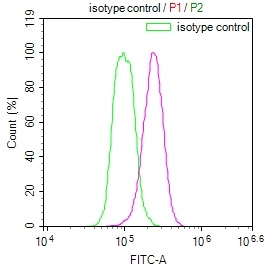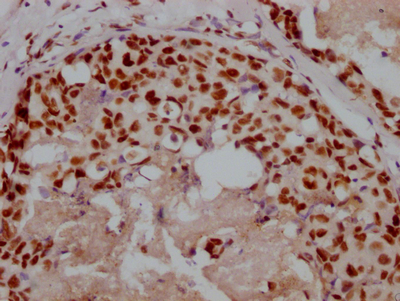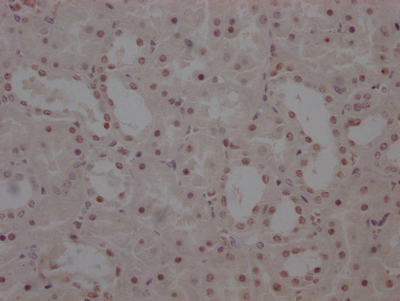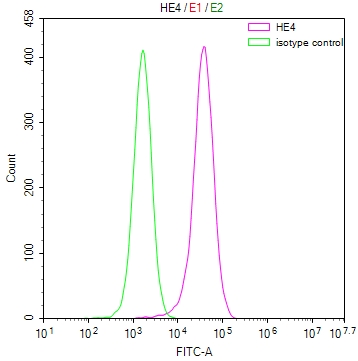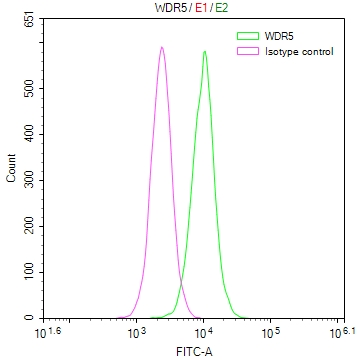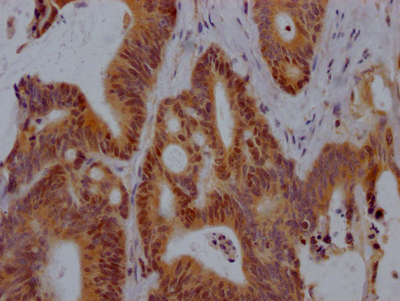FAT3 Antibody, Biotin conjugated
-
中文名稱:FAT3兔多克隆抗體, Biotin偶聯(lián)
-
貨號:CSB-PA819472LD01HU
-
規(guī)格:¥880
-
其他:
產(chǎn)品詳情
-
產(chǎn)品名稱:Rabbit anti-Homo sapiens (Human) FAT3 Polyclonal antibody
-
Uniprot No.:
-
基因名:
-
別名:Cadherin family member 15 antibody; CDHF15 antibody; CDHR10 antibody; FAT tumor suppressor homolog 3 antibody; Fat3 antibody; FAT3_HUMAN antibody; hFat3 antibody; KIAA1989 antibody; Protocadherin Fat 3 antibody
-
宿主:Rabbit
-
反應種屬:Human
-
免疫原:Recombinant Human Protocadherin Fat 3 protein (1209-1470AA)
-
免疫原種屬:Homo sapiens (Human)
-
標記方式:Biotin
-
克隆類型:Polyclonal
-
抗體亞型:IgG
-
純化方式:>95%, Protein G purified
-
濃度:It differs from different batches. Please contact us to confirm it.
-
保存緩沖液:Preservative: 0.03% Proclin 300
Constituents: 50% Glycerol, 0.01M PBS, pH 7.4 -
產(chǎn)品提供形式:Liquid
-
應用范圍:ELISA
-
Protocols:
-
儲存條件:Upon receipt, store at -20°C or -80°C. Avoid repeated freeze.
-
貨期:Basically, we can dispatch the products out in 1-3 working days after receiving your orders. Delivery time maybe differs from different purchasing way or location, please kindly consult your local distributors for specific delivery time.
-
用途:For Research Use Only. Not for use in diagnostic or therapeutic procedures.
相關產(chǎn)品
靶點詳情
-
功能:May play a role in the interactions between neurites derived from specific subsets of neurons during development.
-
基因功能參考文獻:
- For Fat3, the Kif5-ID is regulated by alternative splicing, and the timecourse of splicing suggests that the distribution of Fat3 may switch between early and later stages of retinal development. In contrast, P75NTR binding to Kif5B is enhanced by tyrosine phosphorylation and thus has the potential to be dynamically regulated on a more rapid time scale PMID: 27788242
-
亞細胞定位:Membrane; Single-pass type I membrane protein.
-
組織特異性:Expressed in ES cells, primitive neuroectoderm, fetal brain, infant brain, adult neural tissues and prostate.
-
數(shù)據(jù)庫鏈接:
Most popular with customers
-
-
YWHAB Recombinant Monoclonal Antibody
Applications: ELISA, WB, IHC, IF, FC
Species Reactivity: Human, Mouse, Rat
-
-
-
-
-
-


